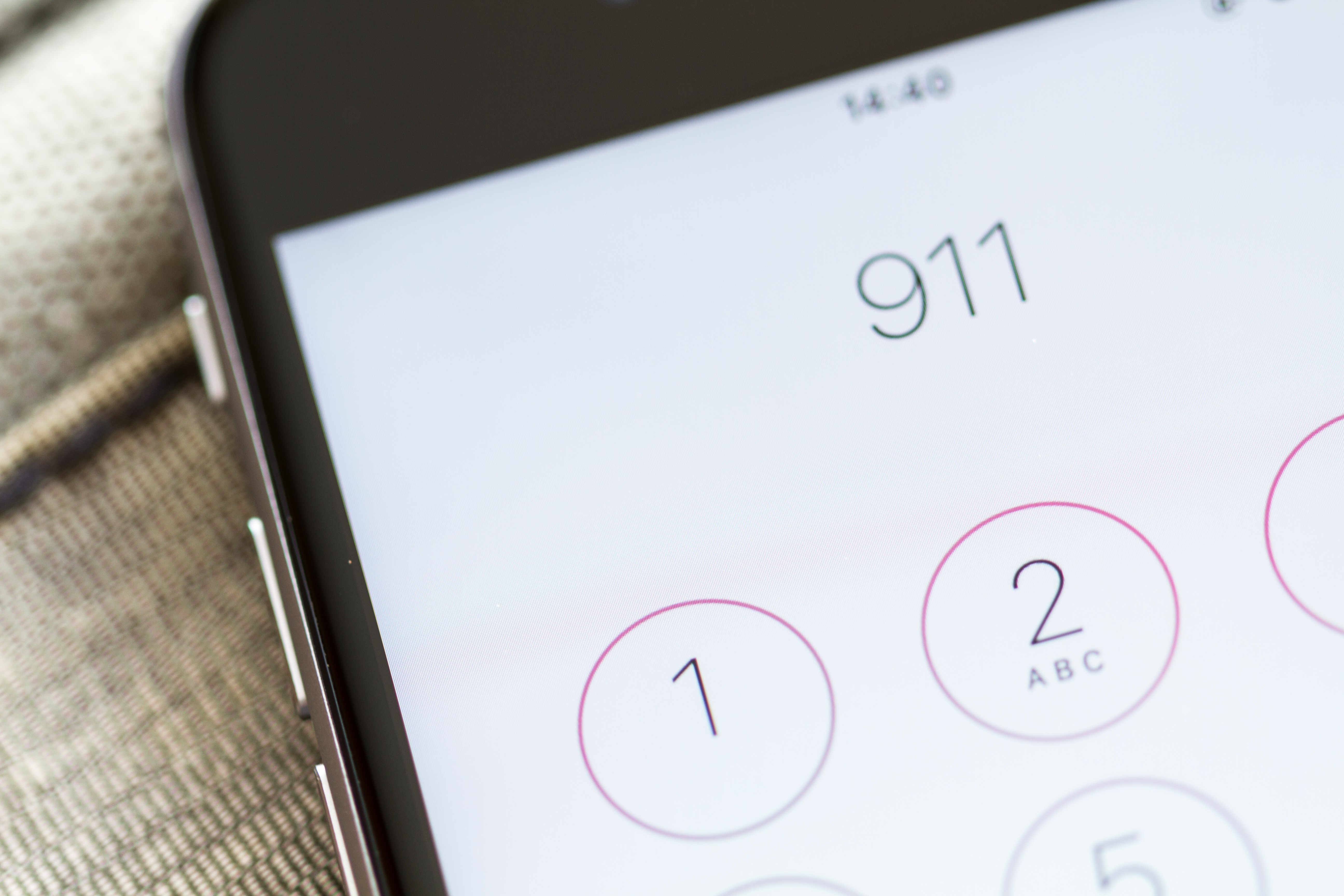A Long Island Legislature is Robbing New Yorkers of Color of their Voting Rights
Civil Liberties Union

In March 2016, Fulton, New York, police received a call that a man and a woman were involved in a physical domestic dispute and that the woman was “yelling for someone to call 911.” When the police arrived, the woman described her boyfriend pushing her and punching her in the eye. The police helped make sure that the woman was safe. But the 911 call led to a threatening letter from the city to the landlord.
Citing the “volume of calls for service” from the property, the city threatened that it would take action, including closing the entire building, unless the landlord stopped the “nuisance activity.”
The ACLU has long been concerned about nuisance ordinances and has taken them on in more than a dozen states, advocating against them in state and local legislatures and successfully challenging them in Arizona, California, and Pennsylvania. These local laws, which are also sometimes called crime-free ordinances or criminal activity nuisance ordinances, allow a city to label a property a nuisance when it is the site of a certain number of police responses or alleged “nuisance conduct,” a category that can include assault, harassment, stalking, disorderly conduct, city code violations, and much more.
By making eviction of tenants a potential consequence of police responses to their homes, these ordinances punish people in need of police assistance, including victims of domestic violence.
After a New York appellate court found the Village of Groton, New York’s nuisance ordinance unconstitutional under the First Amendment, the New York Civil Liberties Union and the ACLU Women’s Rights Project, along with the Empire Justice Center and the New York State Coalition Against Domestic Violence, wrote letters in January 2018, warning New York municipalities with similar laws. These letters also made public records requests about how these municipalities were enforcing their ordinances.
An analysis of the records we received in return, published today in a report by the NYCLU and the ACLU, reveal just how enforcement of nuisance ordinances can harm New York communities. The data we obtained suggests these laws are most often enforced in communities of color and where poor people live, often impose harsh penalties for relatively low-level offenses, and harm domestic violence survivors and those in need of emergency medical assistance.
The enforcement data we uncovered made clear that where ordinances permit nuisance enforcement stemming from police responses to a property, they compound the biases of the criminal justice system and exacerbate socioeconomic and racial inequalities. These laws essentially make housing instability a consequence of law enforcement response to a home.
Many nuisance enforcements are the result of serious calls for help.
Rochester’s enforcement data presented a clear trend: From 2012 to 2018, neighborhoods that were non-white and poor bore the brunt of the city’s nuisance ordinance enforcement. Troy’s enforcement revealed similar patterns — neighborhoods where more nuisance ordinance enforcement took place tended to have higher shares of Black and Hispanic residents. The data we collected from Rochester and Troy also demonstrate that nuisance ordinances are enforced more in neighborhoods with higher rates of poverty. This is particularly troubling because nuisance ordinances can compound the housing instability that low-income residents already face.
Records received from Rochester, Troy, and Niagara Falls also show that nuisance ordinances are often enforced against properties for fairly minor offenses — including marijuana possession, disorderly conduct, noise violations, and “general disturbances.” That means that a nuisance designation can result in the eviction of tenants, the closure of a building, or steep fines, even though criminal penalties or other consequences for the same behaviors wouldn’t be nearly as severe.
As the story from Fulton illustrates, many nuisance enforcements are the result of serious calls for help. In Fulton, 37 percent of the police reports provided for each property were associated with a potential domestic-violence situation. This is particularly shocking because the ACLU had already put the city on notice through a 2015 report published with the Social Science Resource Council, which documented the city’s frequent enforcement of its nuisance ordinance based on domestic violence.
The new data we received also shows that a significant number of incidents where police responding to medical crises also counted against properties in Fulton. For example, in May 2015, the police responded to a property after receiving reports of a man making suicidal threats. When they arrived, the man “stated that he wasn’t feeling well and that his medications were not working…that he did not want to harm himself or others but that he was seeing things, like the devil and that he was fearful.” The police made sure this man got to an emergency room, but the incident also contributed to the list of calls for service cited by Fulton in a nuisance abatement letter.
Municipalities in New York should critically examine their nuisance ordinances and the ways in which they are enforced. A number of municipalities across the country have repealed such laws, and the U.S. Department of Housing and Urban Development has recognized that repealing nuisance ordinances is a step that cities can take to fulfill their duty to further fair housing.
Cities across New York should at a minimum take steps — including amending their laws — to ensure ordinances are not disproportionately enforced in certain communities, do not impose disproportionate punishments for minor offenses, and do not punish domestic violence survivors or other individuals needing emergency assistance. And New York legislators should enact legislation that affirmatively protects residents’ rights to police and emergency assistance.
The result of these laws is, after all, no mere nuisance.